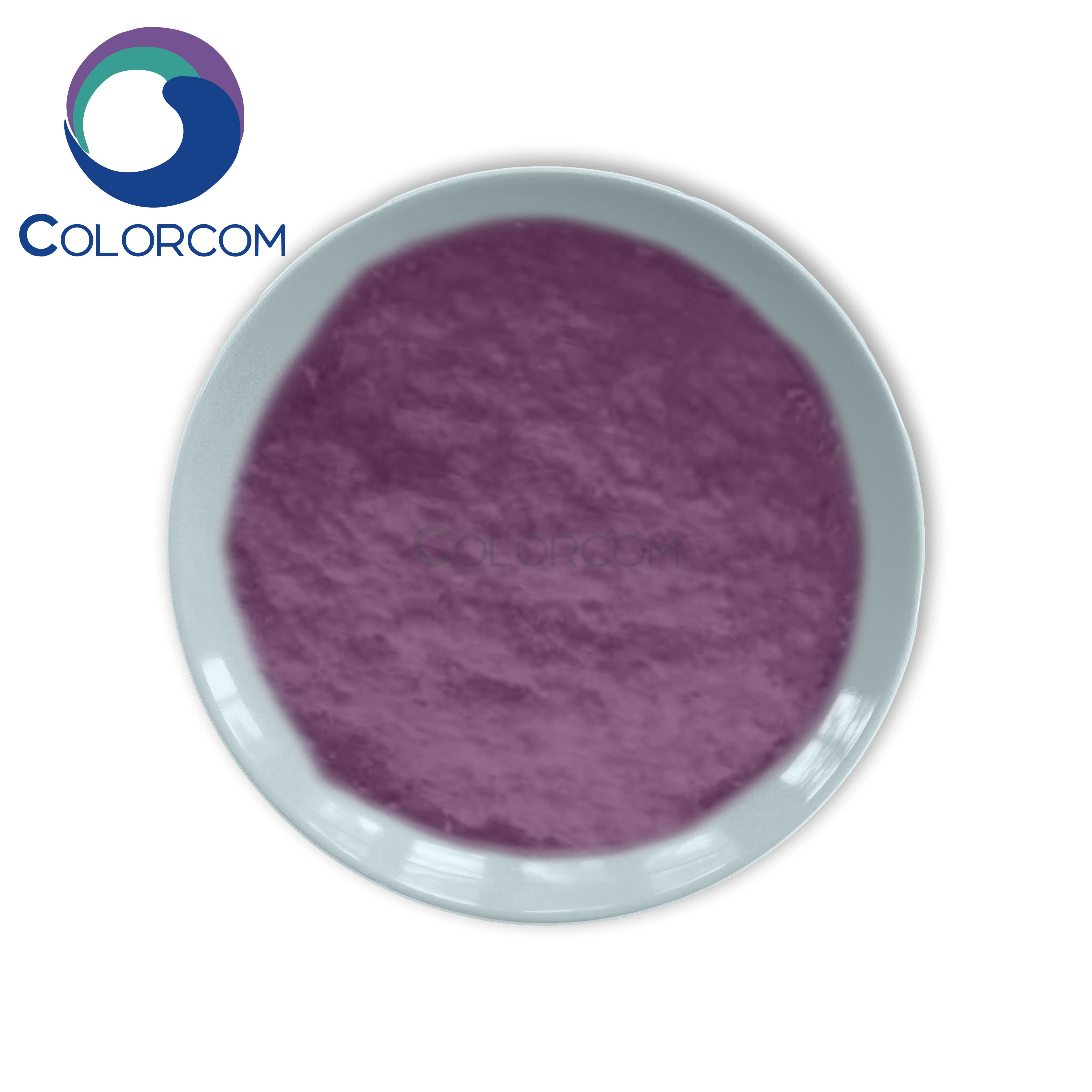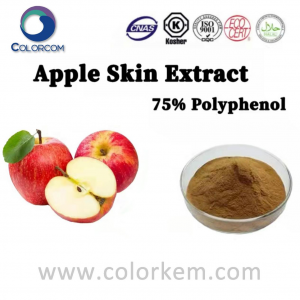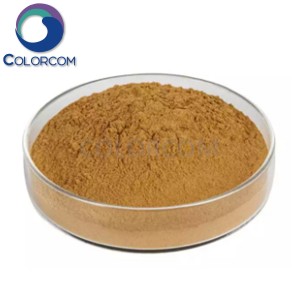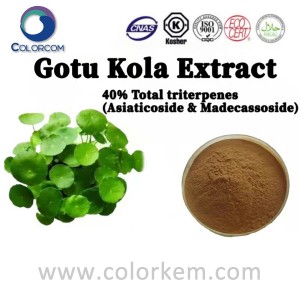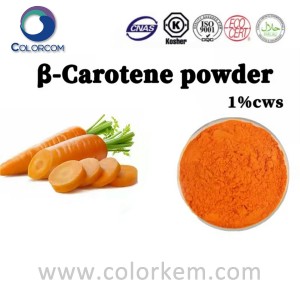Bilberry Extract – Anthocyanins
Products Description
Anthocyanins (also anthocyans; from Greek: ἀνθός (anthos) = flower + κυανός (kyanos) = blue) are water-soluble vacuolar pigments that may appear red, purple, or blue depending on the pH. They belong to a parent class of molecules called flavonoidssynthesized via the phenylpropanoid pathway; they are odorless and nearly flavorless, contributing to taste as a moderately astringent sensation.Anthocyanins occur in all tissues of higher plants, including leaves, stems,roots, flowers, and fruits. Anthoxanthins are clear, white to yellow counterparts of anthocyanins occurring in plants. Anthocyanins are derived from anthocyanidins by adding pendant sugars.
Plantsrich in anthocyanins are Vaccinium species, such as blueberry, cranberry, and bilberry; Rubus berries, including black raspberry, red raspberry, and blackberry; blackcurrant, cherry, eggplant peel, black rice, Concord grape,muscadine grape, red cabbage, and violet petals. Anthocyanins are less abundantin banana, asparagus, pea, fennel, pear, and potato, and may be totally absentin certain cultivars of green gooseberries. Red-fleshed peaches are rich in anthocyanins.
Specification
| ITEM | STANDARD |
| Appearance | Dark-violet fine powder |
| Odor | Characteristic |
| Tasted | Characteristic |
| Assay(Anthocyanins) | 25% Min |
| Sieve Analysis | 100% pass 80 mesh |
| Loss on Drying | 5% Max. |
| Bulk density | 45-55g/100ml |
| Sulphated Ash | 4% Max |
| Extract Solvent | Alcohol & Water |
| Heavy Metal | 10ppm Max |
| As | 5ppm Max |
| Residual Solvents | 0.05% Max |
| Total Plate Count | 1000cfu/g Max |
| Yeast &Mold | 100cfu/g Max |
| E.Coli | Negative |
| Salmonella | Negative |


